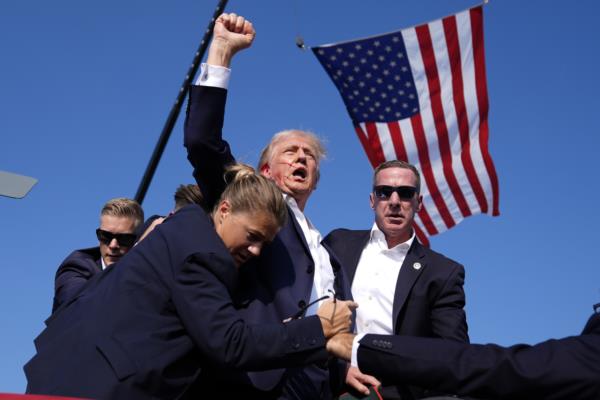
Recent text messages and radio communications have shed light on the events leading up to the attempted assassination of Donald Trump by Thomas Matthew Crooks at a rally on July 13. The released documents reveal a series of missteps and confusion among law enforcement officers in tracking the shooter.
It was disclosed that officers were aware of Crooks' presence at the rally over 90 minutes before he fired eight rounds at Trump. At 5:14 p.m., an officer captured photos of Crooks outside the building. Twenty minutes later, these images were shared in a group chat with a warning about the individual's suspicious behavior.
The text messages indicated that the officer had observed Crooks using a range finder and looking towards the stage, prompting concerns about a potential threat. However, the officer admitted to losing sight of Crooks shortly after. Subsequent messages revealed a lack of clear communication and coordination among law enforcement personnel.



Further complicating the situation, another officer sent the images to a different group chat, urging members to forward them to command. Despite these efforts, there were delays in relaying crucial information, with a response confirming the transmission only coming minutes later.
Additionally, a member of the group chat admitted to losing track of the shooter's whereabouts just 15 minutes before the shooting occurred. These revelations raise questions about the effectiveness of the response and coordination among law enforcement agencies in handling potential security threats.
The released transcripts highlight the challenges faced by officers in monitoring and apprehending individuals exhibiting suspicious behavior at high-profile events. The incident serves as a reminder of the importance of swift and efficient communication in ensuring the safety of public figures and attendees at such gatherings.







